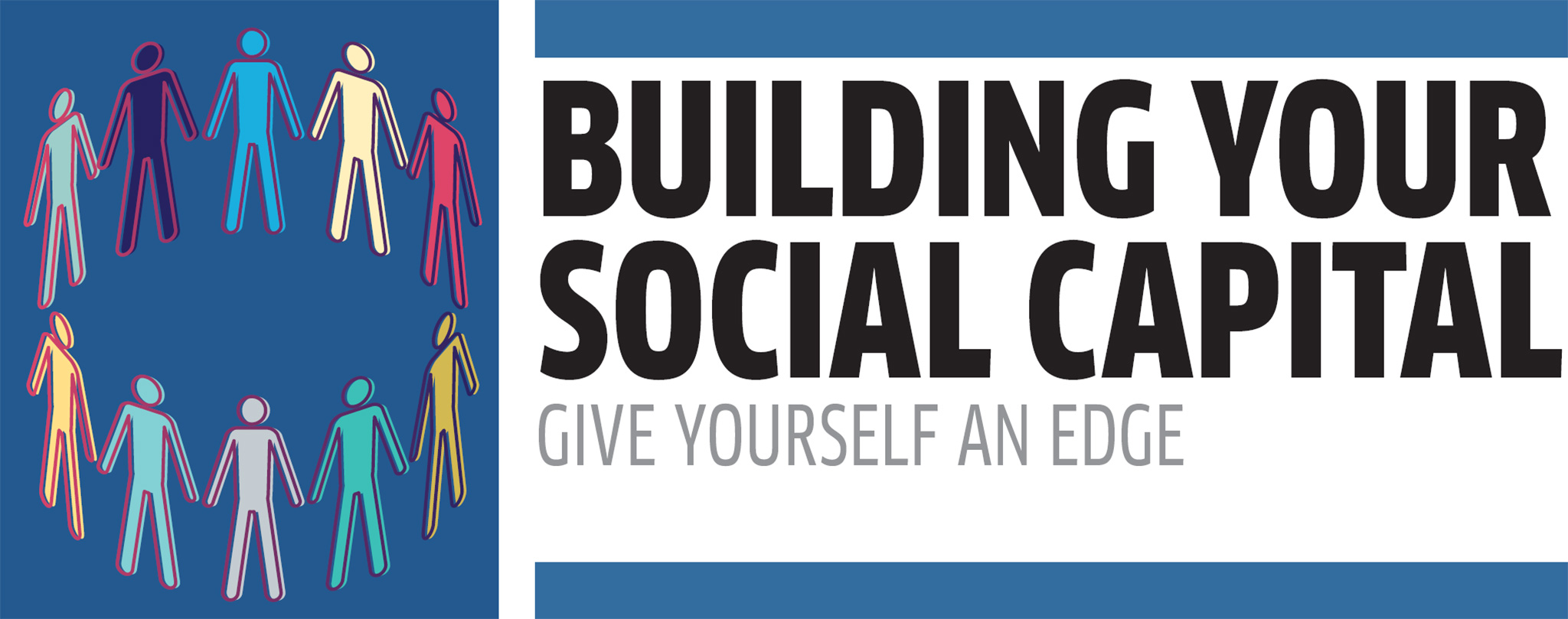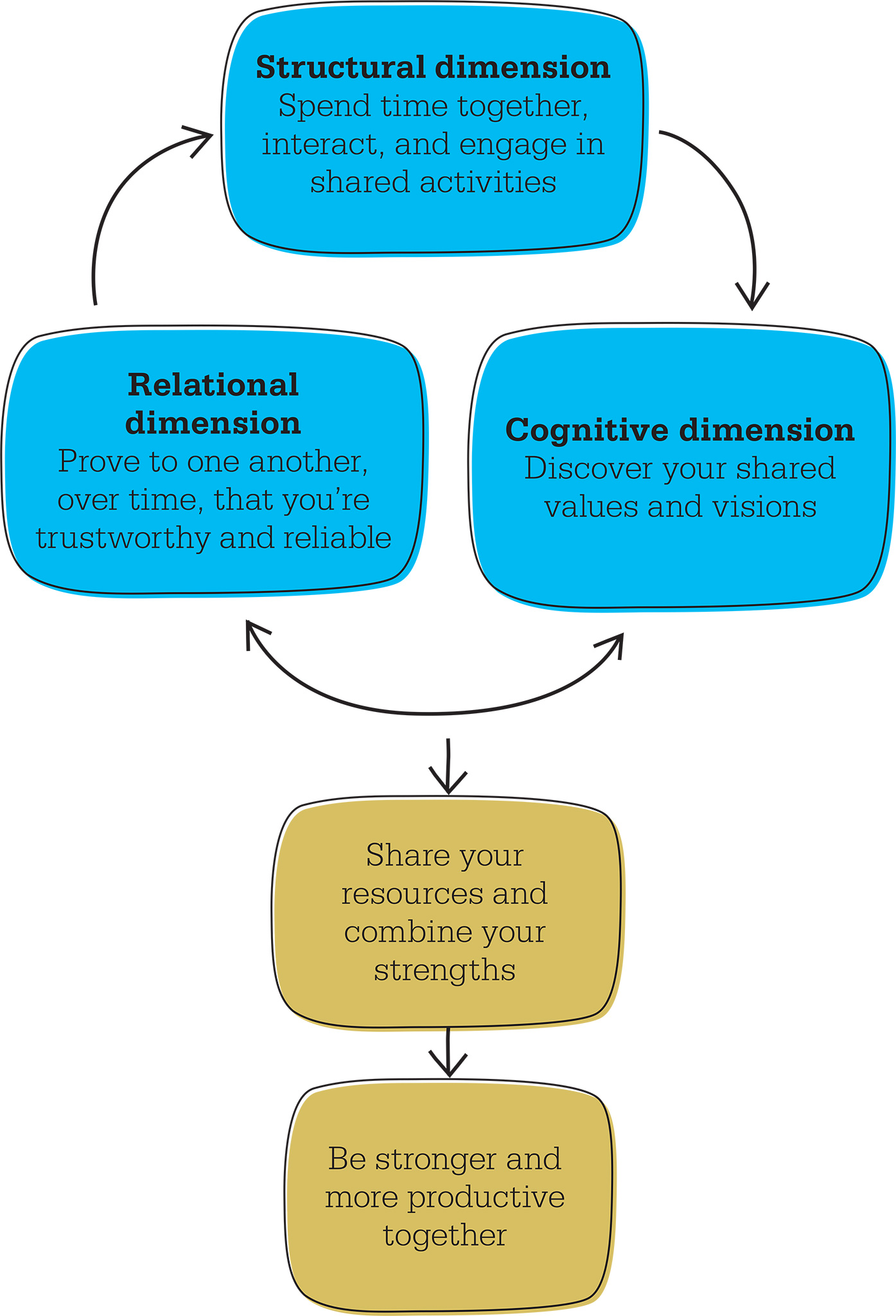
Positive relationships are good for our emotional health, but there’s more to it than that. A dynamic network is also one of the center points of a productive community. This is social capital, and you can help create it.
The concept of “social capital” was first coined by author Lyda Judson Hanifan in 1916. The term refers to the fact that connections within the broader community enrich life both for the individual member and for the group as a whole. The idea enjoyed a revival in the popular consciousness when American academic Robert D. Putnam published his 2000 book Bowling Alone: The Collapse and Revival of American Community, and has since been taken up by promoters as influential as Bill Clinton, George W. Bush, and the World Bank.
Working together
World Bank social scientist Michael Woolcock describes three kinds of social capital:
1 Bonding. This means ties between people in similar situations, such as family, close friends, and neighbors.
2 Bridging. This is similar to the concept of “weak ties” : connections between people who are fairly alike but not especially intimate, such as casual friends and ex-colleagues.
3 Linking. This is based on connecting people who are in different situations and do not know each other: reaching out to, and sharing resources with, other communities.
The most productive scenario is a healthy mix of all three. Bonding social capital is supportive and reciprocal, and studies find that it is often the source of the most reliable support. On its own, however, it can lend itself to insularity and “us-versus-them” thinking. Bridging social capital allows us to fill gaps in our resources, as long as we make good use of them—that is, we seek and exchange information and resources instead of simply “schmoozing” for schmoozing’s sake. Linking social capital keeps us vital by bringing us into contact with new ideas and encouraging us to be generous and see the bigger picture. Combining all three allows us to have both solid support and a sense of ourselves as part of the wider human family. Building success means establishing a foundation of social capital that is both solid and diverse.

Beyond networking
Staying active in your social circles is a good way to develop social capital, but the best way to sustain it is to develop a reputation as being trustworthy. A community depends on the good faith of its members, so the more you can show yourself a dependable participant, the greater the rewards for everyone, including you.

 Creating value together
Creating value together
A 1988 study published in the Academy of Management Journal suggests we view the creation of social capital as the result of several factors. To establish good ties with people you need an established arrangement that supports this, such as regular meetings, activities, or communication (the “structural dimension”). You also need to appeal to what you share beyond these circumstances, by finding the values you have in common: even if you’re very different, there will be underlying principles you all hold (the “cognitive dimension”). By spending time together and working over shared ideals, you each have an opportunity to establish yourselves as someone to be trusted (the “relational dimension”). From there, you’ve built the social capital to create outcomes that are greater than the sum of their parts. Use this diagram to help you foster social capital.

